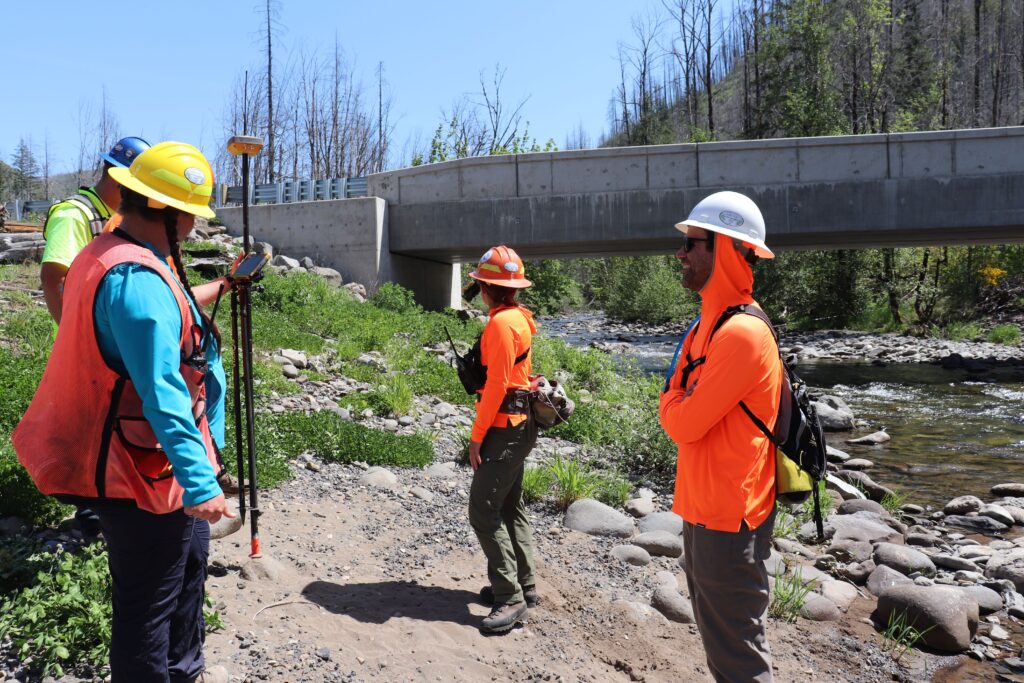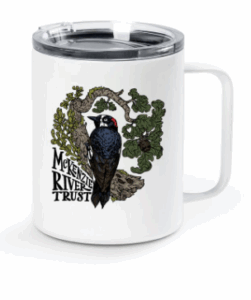On May 1st, McKenzie River Trust launched a major restoration project on Quartz Creek—a key tributary of the McKenzie River. This work is part of a larger effort to bring back healthy floodplain forests along the middle McKenzie, helping the land and water return to a more natural, thriving state.
The project aims to promote historic connections between the river and its floodplain, increase habitat diversity, and provide slow-water areas to support fish and allow sediment to drop out of the flowing water. During the construction period, which will last through the summer months, people passing the area by car or boat can expect to see large equipment moving soil, rocks, and trees.
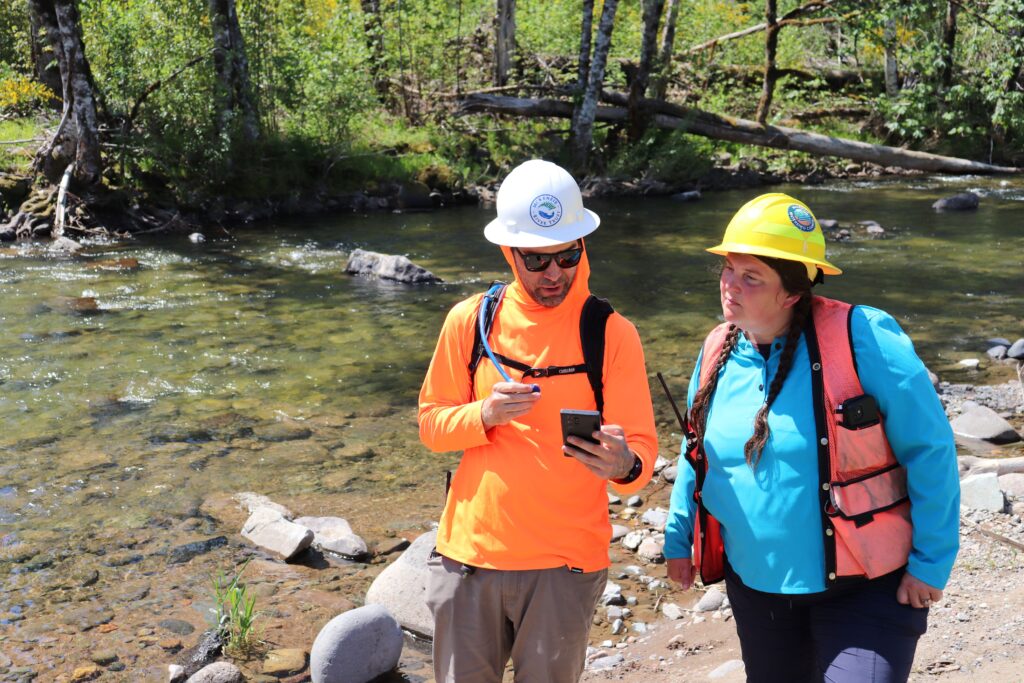
As we seek to revive the creek, we’ll excavate new channels to allow water to spread back into the surrounding forest. As the water slows down in these channels, it creates calm areas where sediment can settle and fish can thrive. We’ll also place large logs and wood structures throughout the area. These not only help guide the flow of water, but also create shelter for native animals like salmon, trout, lamprey, beavers, and more.
Lara Colley, a Restoration Projects Manager with the McKenzie Watershed Council, is hopeful that restoration activities will lead to a more resilient landscape for the McKenzie River community. “This summer’s project on Quartz Creek is a great example of how local, collaborative efforts can continue building resilience for McKenzie River communities. Similar projects upstream have shown us that these restored landscapes quickly become biological hotspots, where natural processes can create and maintain habitat for many native species, including fish, beaver, and birds. Supporting these native fish and wildlife populations also plays a vital role in the resilience of our local river recreation economy. Over the past decade, we’ve observed a number of other significant benefits, including buffering the effects of flooding by slowing water and capturing sediment and debris, storing groundwater to reduce drought during summer months, creating fire breaks in wetted areas, and providing refuge for wildlife during wildfires.”
To date, partners have restored more than 400 acres between Finn Rock and the headwaters of the McKenzie River. These projects have numerous community benefits, including protecting water quality and lowering the costs and amounts of chemicals needed to treat drinking water at EWEB’s Hayden Bridge Water Treatment Plant.
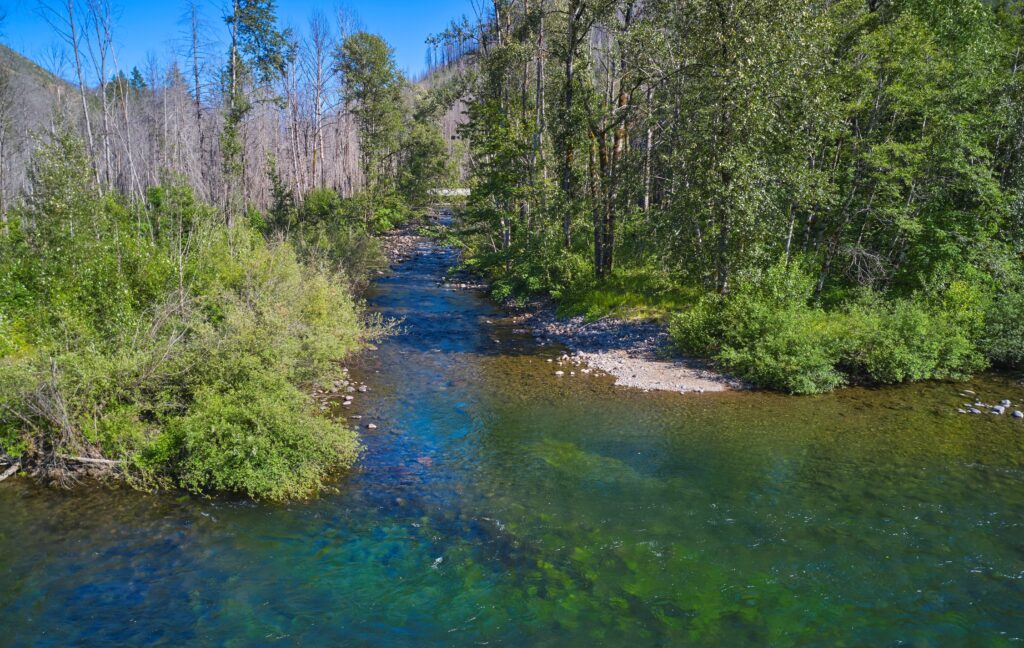
According to Susan Fricke, EWEB’s Water Resources and Quality Assurance Supervisor, “Quartz Creek was heavily burned in the Holiday Farm Fire, and we expect to see some upslope erosion sending contaminants down into the creek. This project will help restore natural processes that help maintain water quality and buffer against some of the negative effects of the fire and the century of degradation from the creek being contained by roads and bridges.”
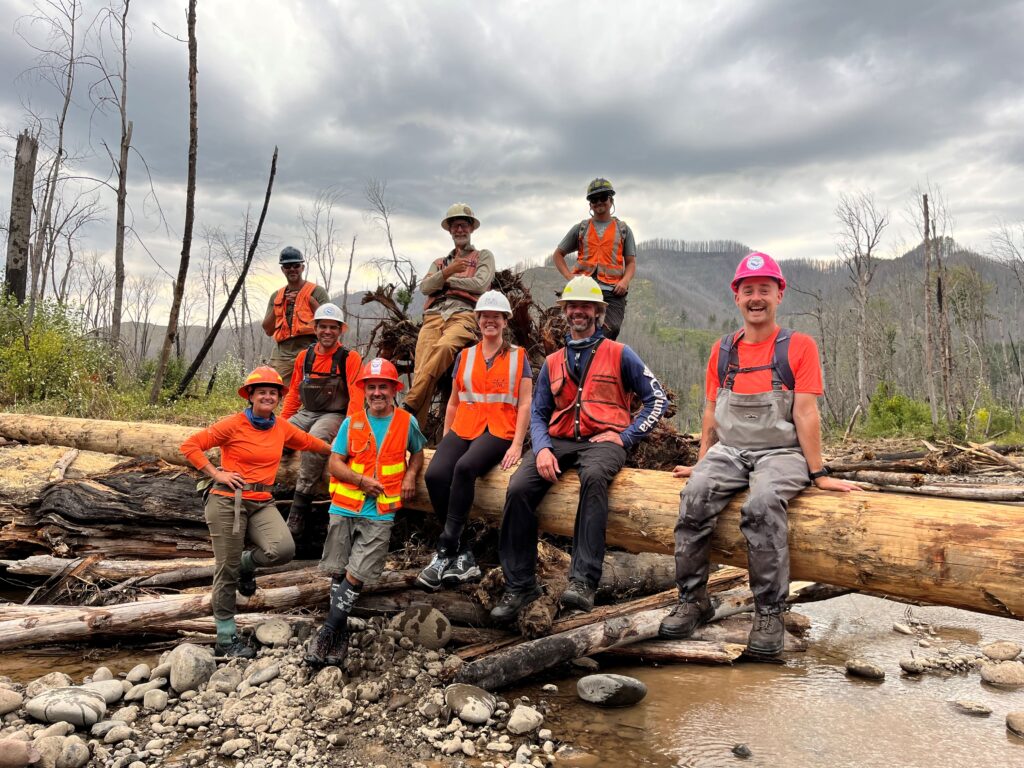
Eli Tome, Director of Conservation for McKenzie River Trust, shared, “McKenzie River Trust is excited to partner with other local organizations and experts to help care for Quartz Creek. Multi-benefit projects like this one are smart investments in the health of our communities and our environment. This work safeguards the McKenzie River’s water quality, promotes important wildlife habitat for sensitive species, and buffers upriver communities against changing environmental threats, like floods and fires.”
Restoration-related project activities on Quartz Creek will continue through the summer, but neighbors and visitors to the McKenzie River area can expect minimal impacts to travel and recreation. Once the work is complete, partners will conduct regular environmental monitoring to see how the area responds to the restoration efforts. People interested in learning more about restoration work on the McKenzie River are encouraged to visit www.mckenzieriver.org/mckenzie-river-restoration/.
This project is made possible by committed community partners and funders, including EWEB, Haley Construction Company, Inc., the McKenzie Watershed Council, the National Oceanic and Atmospheric Administration (NOAA), the Oregon Department of Fish and Wildlife, the Oregon Watershed Enhancement Board, the U.S. Forest Service, and Wolf Water Resources.

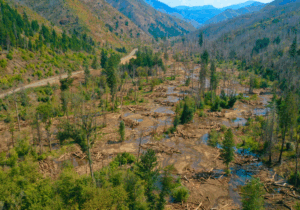
Partnerships at Work in the McKenzie Valley
The completion of restoration at Quartz Creek bolsters a growing network of efforts to protect water and wildlife across the McKenzie River watershed.
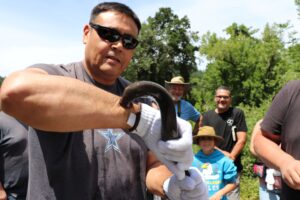
Tribal-led Restoration Efforts Return Ancient Fish to their Historic Habitat
In late June, Pacific Lamprey were released into the upper Long Tom River, marking the first time these ancient fish have swum in this part of the watershed in nearly 100 years. Part of a decades-long restoration initiative, the release was carried out by fisheries staff from the Nez Perce Tribe and the Confederated Tribes of the Umatilla Indian Reservation (CTUIR), who harvested the adult spawning fish at Willamette Falls, collected DNA samples, and then released them into the Long Tom River.
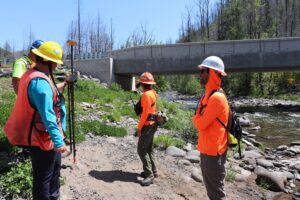
Restoration Underway at Quartz Creek
McKenzie River Trust and partners broke ground on a major floodplain restoration project on Quartz Creek this May. The project aims to reconnect the creek with its historic floodplain, benefiting the ecosystem and the plants, animals, and people who rely on it.

